 The Dark Corner/1946/Twentieth Century Fox/99 min.
The Dark Corner/1946/Twentieth Century Fox/99 min.
Before Lucille Ball starred in the mega-hit TV show “I Love Lucy” she dabbled in noir. Alas, she doesn’t get to be a femme fatale here, nor does she have any “splainin” to do. Instead, she’s a plucky secretary with a thing for her boss, private eye Bradford Galt (Mark Stevens). Her pep talks and problem solving help him figure out who’s after him and why. Also starring William Bendix, Kurt Kreuger and the inimitable Clifton Webb. Directed by Henry Hathaway.





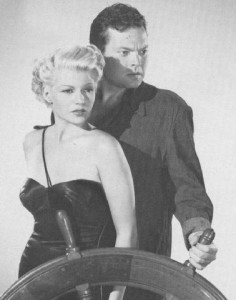
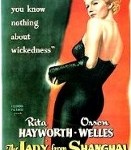

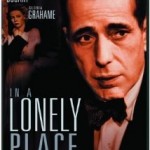
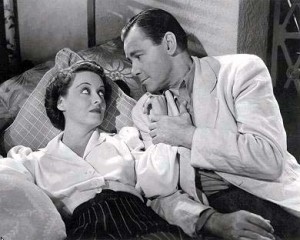
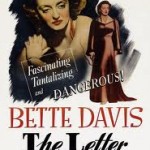

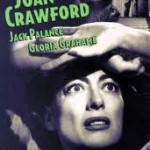
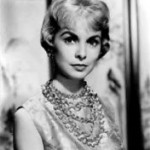





From FNB readers